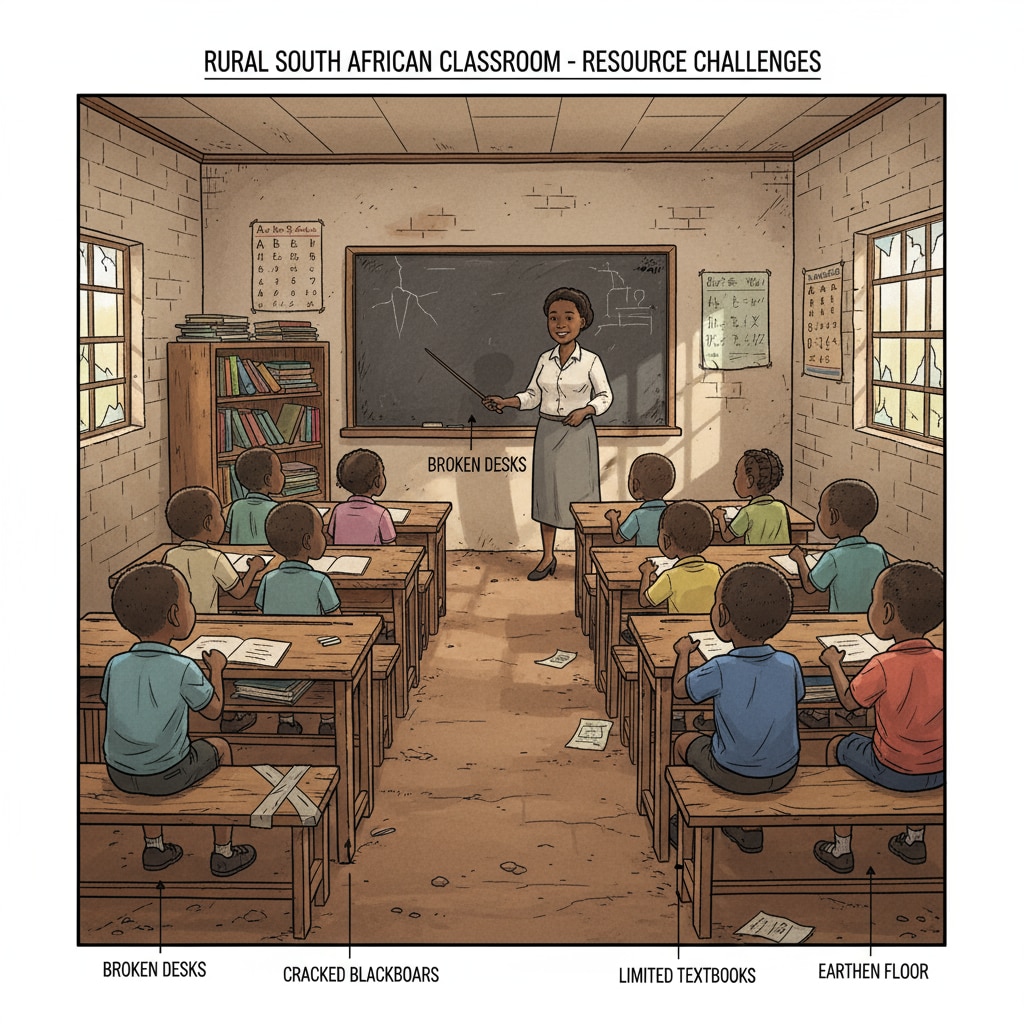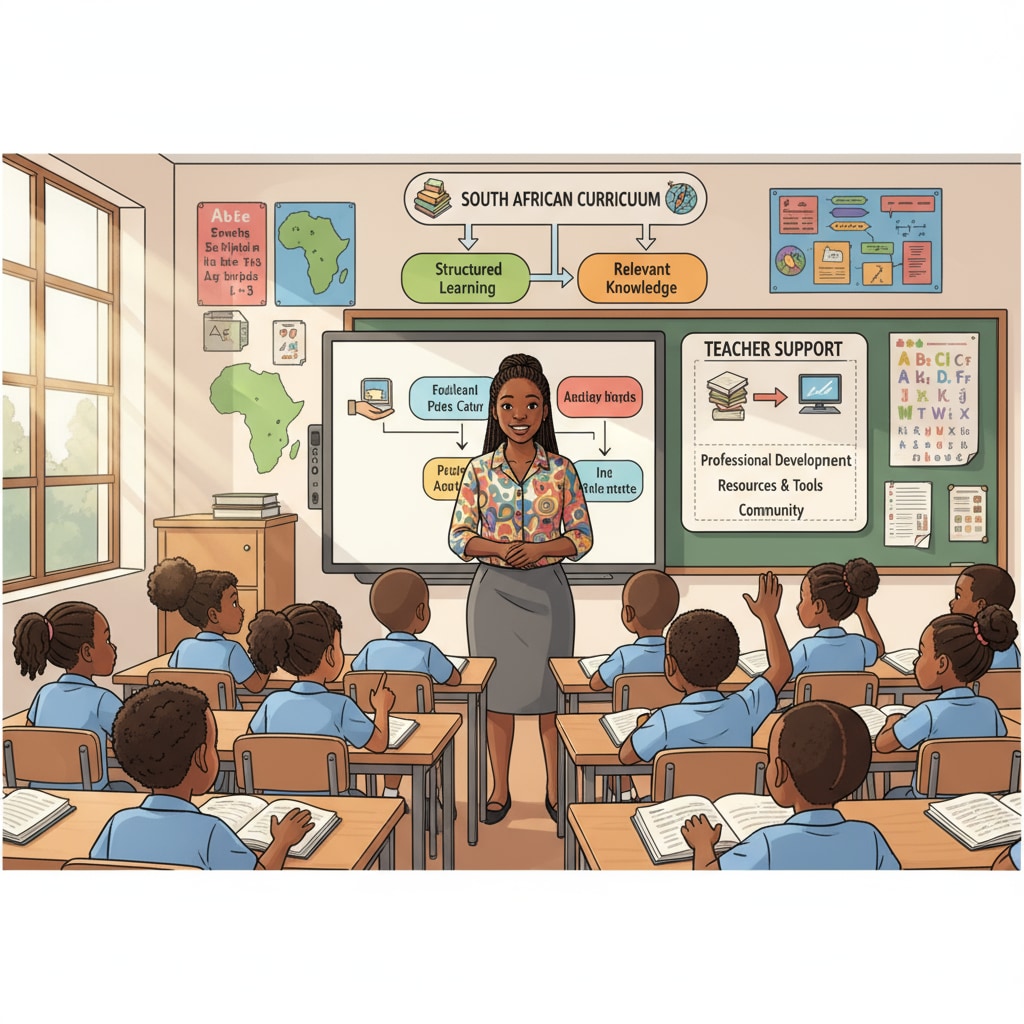Educational inequality, resource allocation, and educational reform are crucial aspects in understanding South Africa’s education system. Despite being known as the “Rainbow Nation,” South Africa grapples with deep – seated educational disparities. The education system, from the grassroots level to higher education institutions, reveals a complex web of issues that need urgent attention.

Resource Allocation Imbalance
One of the most prominent issues in South Africa’s education is the severe imbalance in resource allocation. For example, schools in affluent areas often have state – of – the – art facilities, well – stocked libraries, and advanced technology for learning. On the contrary, schools in disadvantaged communities struggle with dilapidated buildings, lack of textbooks, and insufficient teaching materials. According to Wikipedia’s Education in South Africa page, this disparity is a significant contributor to educational inequality. This uneven distribution of resources hinders the learning opportunities of students from less privileged backgrounds, putting them at a disadvantage from the very start of their educational journey.
The Problem of Curriculum Settings
Another aspect that exacerbates educational inequality is the curriculum. The current curriculum may not be adequately tailored to the diverse needs of South African students. In some cases, it fails to take into account the cultural, social, and economic backgrounds of different communities. As a result, students from certain backgrounds may find it difficult to relate to the curriculum content. This lack of relevance can lead to disengagement and poor academic performance. Britannica’s article on education in South Africa also points out that a more inclusive and context – relevant curriculum is essential for promoting educational equity.

Teacher待遇低下 is also a major concern. Low salaries, limited professional development opportunities, and poor working conditions discourage many talented individuals from entering the teaching profession. In addition, experienced teachers may leave for more rewarding careers. This shortage of quality teachers further widens the educational gap between different regions and student groups.
To address these issues and promote educational reform, several steps can be taken. First, the government should prioritize equal resource allocation. This includes investing more in schools in disadvantaged areas, providing necessary infrastructure, and ensuring access to educational materials. Second, curriculum developers need to design a more inclusive curriculum that respects and incorporates the diversity of South African society. Finally, improving teacher待遇 by offering better salaries, professional development, and working conditions can attract and retain high – quality educators.
Readability guidance: By highlighting these key issues and proposed solutions, we can see the complexity of South Africa’s educational inequality. Short paragraphs and clear headings help to break down the content. Lists can be used to summarize the main points, such as the steps for educational reform. Transition words like ‘first’,’second’, and ‘finally’ are used to make the flow of ideas more coherent.


